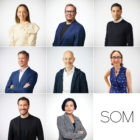For this edition of Spotlight, a series on people making a difference at SOM, Julie shares her thoughts on the importance of listening, the flexible future of the office, and the many possibilities that a design career can offer.
When I was a kid, I wanted to be an electrician. My dad, his brother, his father, and their cousins were all electricians. It was a deep tradition in my family. But then everybody had daughters, and at the time that sort of meant that it was the end of the line. I was determined that it didn’t have to be that way. Obviously, now I’m not an electrician, but that was my introduction to the construction and building industry. I always had a creative side, and I was interested in solving problems. The combination of those things ultimately led me to architecture.
I grew up in the western suburbs of Chicago, and I think that also had an influence. I would do anything to sneak out and go into the city. I have a favorite spot on the highway when you’re coming in from the west. About eight miles before you hit downtown, you come around a curve and there’s a bit of an elevation—suddenly you have a clear view and the skyline emerges on the horizon. Interestingly, my dad and my grandfather worked on some Chicago’s iconic buildings, including the Sears (now Willis) Tower. My dad always told the story of working on the antennas on the rooftop, which terrifies me.
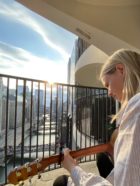
Architecture was always around me, but nobody told me about it as a career choice. In fact, nobody in my family had ever gone to college—I was the first one. It was hard enough to figure out that journey, let alone something specialized like going to architecture school. Fortunately, one of my dad’s coworkers had gone to school for architecture, and he gave us some guidance.
I enrolled in the architecture program at the University of Kansas. I was coming in with a blank slate, not fully knowing what I was getting myself into. The first year in architecture school is make-or-break. I loved it and I stuck with it.
At the University of Kansas I got a really strong, broad education, not just in architecture but in the arts as well. Then I transferred to IIT in Chicago, which is where I ultimately earned my degree. The curriculum at IIT has so much rigor, and it’s very technically focused. I think the balance of those two schools was good for me. Both programs shaped who I am and what I’m interested in.
I didn’t start out focusing on interiors, but I found myself always gravitating towards understanding how people experience the environment around them. I was less concerned about an iconic image on a skyline, and more interested in a more human-centered approach. That’s what brought me toward interior architecture and interior design.
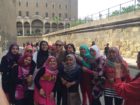
Over the last two decades I’ve done a lot of work around the world as well as in Chicago. There’s a real sense of pride that comes from contributing to architecture in your hometown. Chicago is known as an architecture city, and SOM has had such a strong and important legacy here. It’s amazing to be part of that legacy now.
There are some real differentiators in the way we work at SOM. One of those is the way that structural engineers are integrated into our project teams. We start every project with a charrette, bringing architects, engineers, and interior designers together. Even if all of these disciplines don’t ultimately have a scope of work on that project, we’re having a dialogue from the very beginning. Our engineers might plant a seed in our minds that changes the way we approach the interiors. I think that our work is much richer as a result.
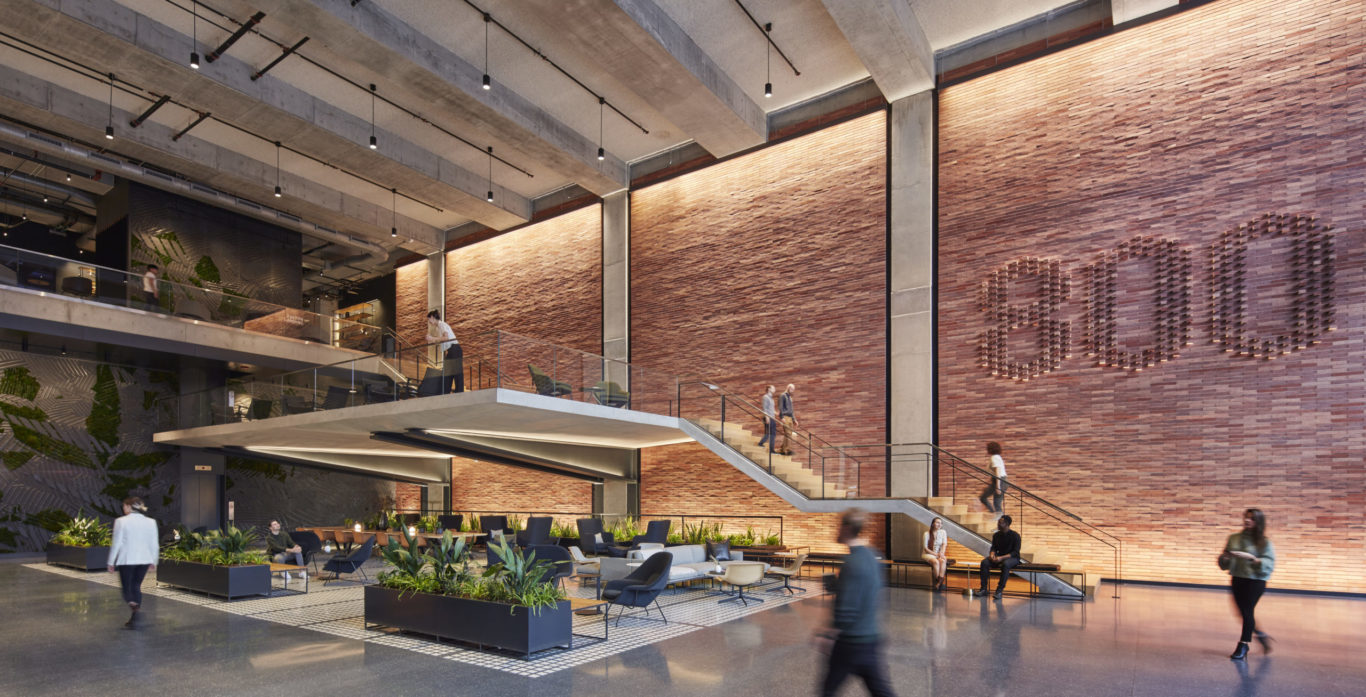
A good example is 800 Fulton Market, a workplace building that we completed last year in Chicago. The interior lobby space is amazing. It’s this really large volume, a sort of urban living room, right off the street. We designed a cantilevered mezzanine within the lobby space, which conceptually ties into the terraced profile of the building. Working with our engineers, we were able to create this incredible perch that’s cantilevered with a pair of very impressive steel arms. It was a great collaboration.
The first project I worked on at SOM was the redesign of our own office in Chicago. It was a major transformation, and it came from thinking deeply about how we needed to work. The space that we had before was beautiful, but it was designed with a different working model in mind. Our design work is so collaborative, and there’s so much fluidity that the former space wasn’t supporting. Basically, you either were in a really big meeting, or you were at your desk. We wanted to create a space that provides varied types of spaces for people to come together in both formal and informal ways.

We also wanted to put our work on display. Not just our final images—we wanted an environment where you could see work in progress. You would see the meetings, see the work up on screen, see pin-ups taking place. Those spaces used to be kind of tucked away from the main circulation paths, and we brought them out to be visible.
A lot of times our clients think they know SOM and what we do. Walking with them through the new office, allowing them to see the wide array of project scales and types and locations that we’re working on—it’s eye-opening for everyone. And it helps us to work more collaboratively. If you can see somebody working on something that looks relevant to what you’re doing, you’re more likely to initiate a conversation with them.
Designing your own office is not an easy project to undertake. There was no shortage of opinions on what should or shouldn’t be done along the way. I think we did a good job of listening. People were sometimes surprised by the questions that we asked, and that we then addressed in our design of the space. We built in a lot of flexibility, which has been serving us well as we’ve navigated how the office changes during a pandemic.
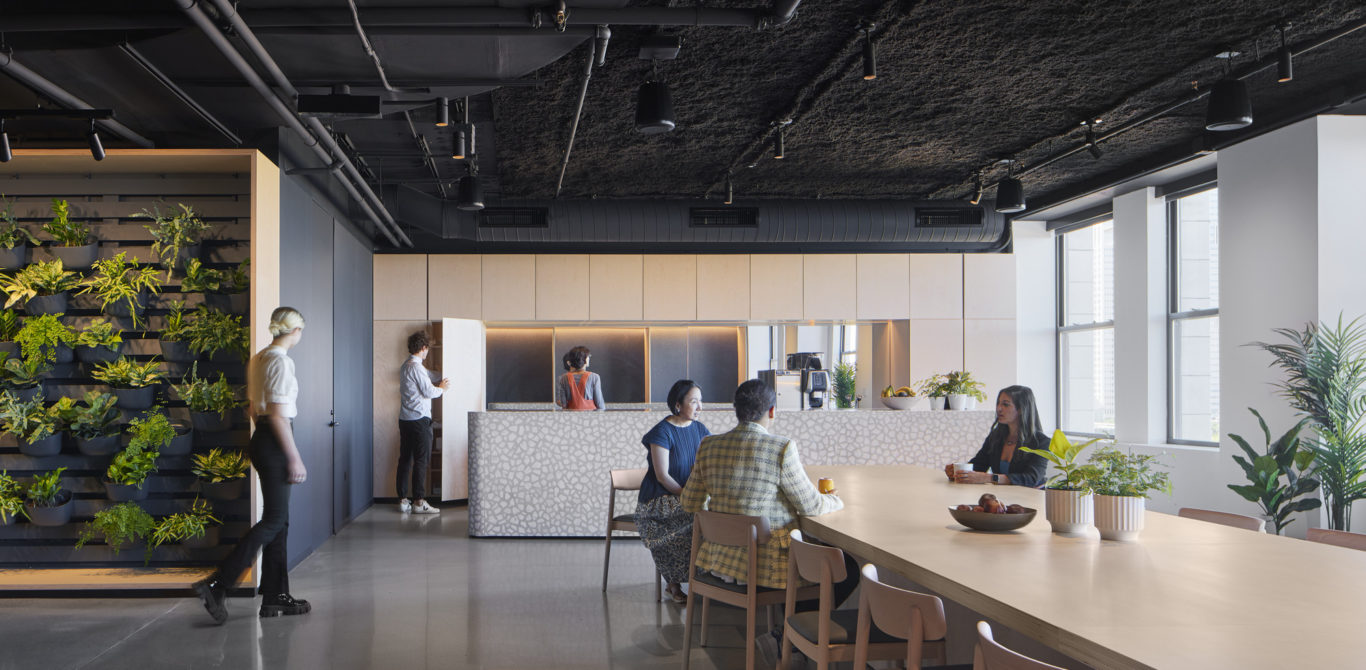
We talk a lot about the idea of an “elastic” workplace—knowing that our needs can change very quickly. So, how do we create spaces that allow us not only to continue to evolve, but also to react in quicker and more temporary ways? Flexibility has been a priority in workplace design for years, and mostly that’s been driven by technology. The pandemic has led us to think about flexibility in a different and more spatial way. There’s a desire to open up enclosed spaces, to provide access to the outdoors. I’ve been taking on these challenges in almost all of the projects that I’m working on.
We know the hybrid workplace is here to stay. Companies are providing less assigned seating and giving people more choices when they come into the office. People are really coming back for a sense of community. Why go to the office if you’re going to sit on a Zoom call all day long? You’re going there to engage with others. We’re thinking about the spaces that support that kind of communal gathering.
The most important thing we can do during the design process is to listen—not only to hear what our clients are saying, but to see how they’re working in their space. It’s our job to find out what’s at the root of their needs, and then to shape an environment that will support them in the long term.

This applies to any type of project, not just workspaces. For the Appleton Public Library in Wisconsin, we led a lot of community focus groups, because it has the broadest user base of any project you can imagine. Everybody is welcome at the public library. You have a range of ages, a range of economic conditions, a range of reasons why people visit. That gives us a fascinating and complex problem to solve.
What’s great about working across many different types of projects—residential, workplace, libraries, museums—is how they start to cross-pollinate with each other. We might ask questions or approach problems in a way that we might not have thought about before if we were narrowly focused on just one project type.
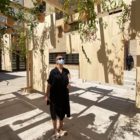
My advice to new graduates? Be a continual student. You have to stay curious and be open to learning new things throughout your career. It takes time to gain experience and a broad point of view. As fast as things go these days, being patient is the key. Architecture is really more than just a job—it’s got to be something that you are passionate about. Explore the many possibilities within this field, and find the best fit for you.



